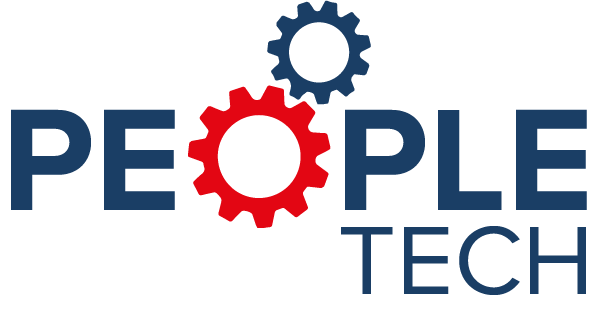Bridging the Skills Gap: Why Engineering Firms Should Seek Best Fit Over Exact Fit
In the fast-paced and ever-evolving world of engineering, firms are constantly grappling with the challenge of filling their ranks with competent, innovative, and adaptable professionals. The instinct to seek an “exact fit” – candidates who tick every box on the job description – is understandable, especially given that most engineering teams are already operating at full capacity. However, this approach often overlooks a crucial strategy in workforce development and long-term success: finding the “best fit” and investing in the training of new staff by the existing team. This is particularly critical for smaller engineering firms, where resources are already stretched thin.
The Limitation of Seeking Exact Fit
The quest for the perfect candidate who possesses every desired skill and experience can lead to prolonged vacancies and missed opportunities for growth and innovation. In engineering, where technology and methodologies evolve rapidly, the likelihood of finding someone with the precise current skill set required, who is also a perfect fit for the company culture, can be exceedingly low. This insistence on exact matches can exacerbate the skills gap, leaving firms vulnerable to competitors who are more flexible in their hiring practices.
The Advantage of Best Fit and Internal Training
Adopting a “best fit” approach means looking for candidates who not only have a solid foundation in the relevant engineering discipline but also exhibit the potential for growth, adaptability, and a strong cultural fit with the organization. These individuals may not have every skill listed in the job description on day one, but with the right training and support, they can quickly become invaluable members of the team.
Fostering a Culture of Learning and Mentorship
Incorporating the existing team in the training process of new hires serves multiple purposes. It aids in closing the skills gap by providing on-the-job learning opportunities, facilitates the integration of new employees into the company culture, and promotes knowledge sharing and innovation. When teams are involved in shaping their new colleagues, it not only enhances the new hire’s learning experience but also reinforces the team’s cohesion and commitment to the firm’s success.
Addressing the Capacity Challenge
The common pushback against this approach is the concern that engineering teams, already at full capacity, cannot afford the time to mentor new hires. However, this perspective underestimates the long-term benefits of creating a more adaptable, skilled, and cohesive team. By making training a part of the team’s responsibility, firms can gradually elevate their collective capability, reducing the reliance on finding rare exact fits in the future.
What Can Recruiters Do to Make It Easier?
Recruiters play a pivotal role in bridging the skills gap by advocating for the best fit approach and facilitating the training process. Here are a few strategies:
- Educate Clients: Recruiters can help engineering firms understand the benefits of hiring for potential and cultural fit, and the value of internal training.
- Identify Potential: Develop a keen eye for candidates who show a strong capacity for learning, adaptability, and alignment with the company’s core values.
- Support Onboarding: Offer resources or partnerships that can help streamline the onboarding and training process, making it less daunting for teams already at capacity.
- Promote Mentorship Programs: Encourage firms to establish mentorship programs that pair new hires with experienced team members, facilitating smoother integration and skill development.
Conclusion
In the competitive and dynamic field of engineering, firms that prioritize finding the “best fit” and investing in the training of new staff by their existing teams stand to gain a significant advantage. By fostering a culture of learning and adaptability, smaller engineering firms can effectively bridge the skills gap, enhance team cohesion, and position themselves for long-term success. Recruiters, in turn, can support this shift by advocating for these practices and providing the necessary tools and resources to make the transition as smooth as possible.
The Skills gap is only getting bigger! But with full collaboration with employers and recruiters, this gap can be sufficiently reduced.
Call Adam @ PeopleTech today to explore how we can support this growing issue. 011624972232


